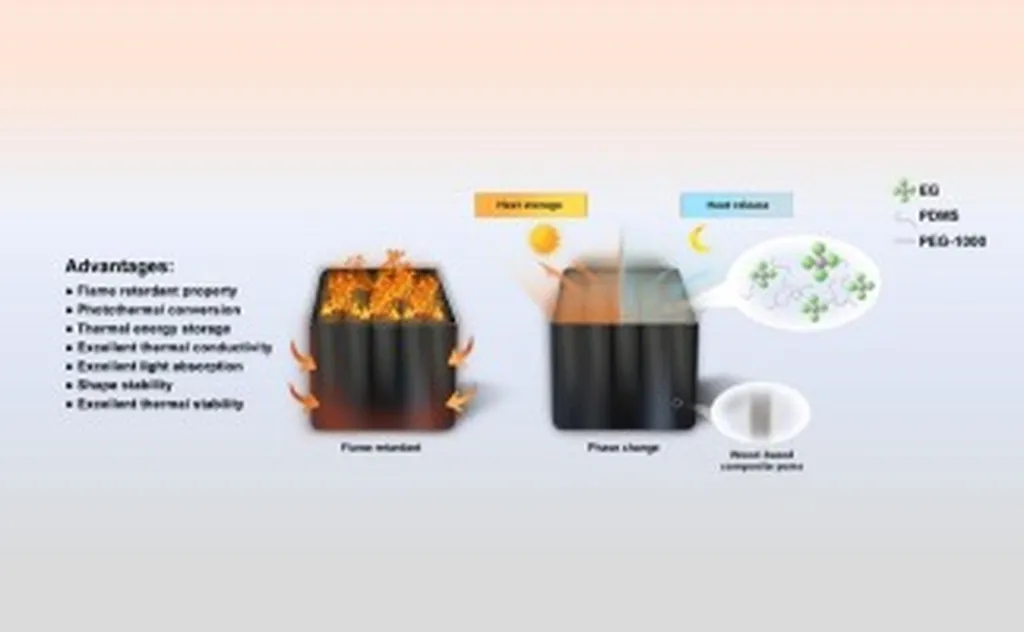In a significant stride towards enhancing the safety and efficiency of energy storage systems, researchers have delved into the critical realm of flame-retardant phase-change materials (PCMs). This groundbreaking study, led by Xiao-Mei Yang of the Universidad Francisco de Vitoria in Madrid, Spain, explores the practical applications of PCMs and the urgent need for flame-retardant functionalization, particularly in high-stakes industries like electronics, automotive, and construction.
Phase-change materials are revolutionary substances that absorb and release heat during the process of transitioning between solid and liquid states. Their ability to store and regulate thermal energy makes them indispensable in various industries, from smart textiles to building insulation. However, their flammability poses a significant risk, especially in environments where safety is paramount.
Yang and her team meticulously examined classic characterization methods for assessing flame-retardant properties, such as the limiting oxygen index, vertical burning test, and cone calorimeter. These standards are widely recognized in material safety testing and provide a robust framework for evaluating the fire resistance of PCMs. The study also introduces innovative methods like direct combustion tests and candle combustion experiments, offering a more comprehensive understanding of material behavior under fire conditions.
The research categorizes flame-retardant strategies into four main approaches: incorporating external flame retardants, using flame-retardant microcapsules, developing flame-retardant support materials, and creating intrinsic flame-retardant PCMs. Each strategy is critically analyzed for its effectiveness, applicability, and potential challenges.
“Our goal is to provide a thorough overview of the current state of flame-retardant PCMs and pave the way for future advancements,” said Yang. “By addressing the safety concerns associated with PCMs, we can unlock their full potential in various industries, particularly in energy storage and thermal management.”
The implications of this research are far-reaching, particularly for the energy sector. As the demand for efficient and sustainable energy solutions grows, the need for safe and reliable thermal storage systems becomes increasingly critical. Flame-retardant PCMs can play a pivotal role in enhancing the safety and performance of energy storage systems, making them an attractive option for industries seeking innovative thermal management solutions.
“This study not only highlights the importance of flame-retardant functionalization but also offers a roadmap for future research and development in this field,” said a senior industry expert. “The insights provided by Yang and her team are invaluable for advancing the safety and efficiency of PCMs in various applications.”
Published in the journal Carbon Energy, this research is a significant step forward in the quest for safer and more efficient energy storage solutions. As the world continues to grapple with the challenges of climate change and energy sustainability, the development of flame-retardant PCMs holds immense promise for shaping the future of the energy sector.

